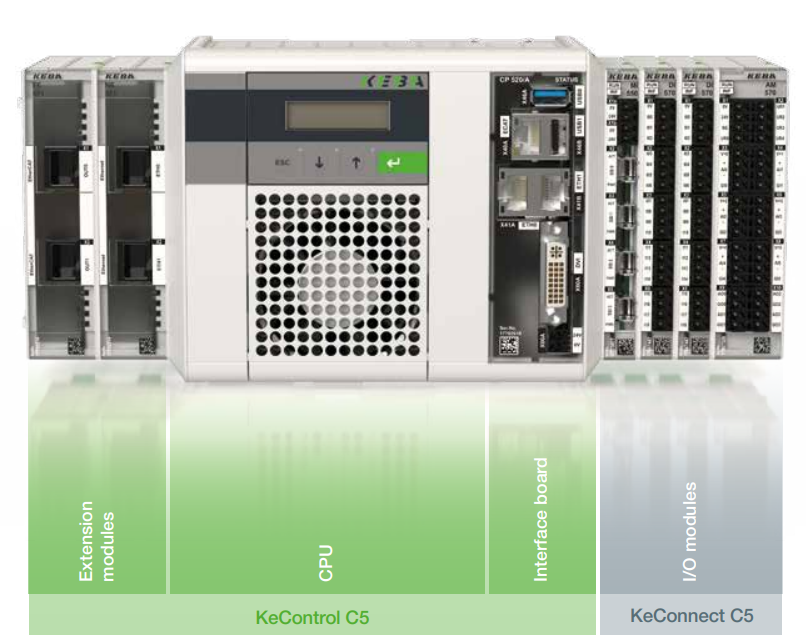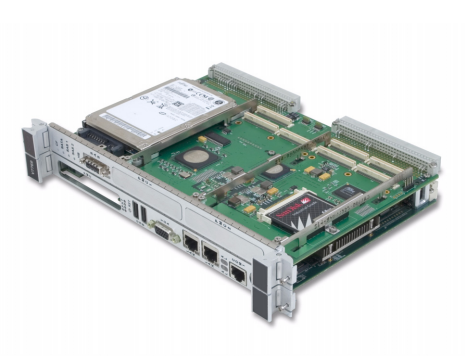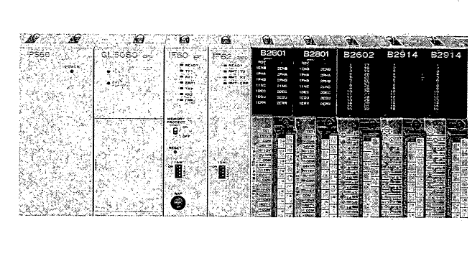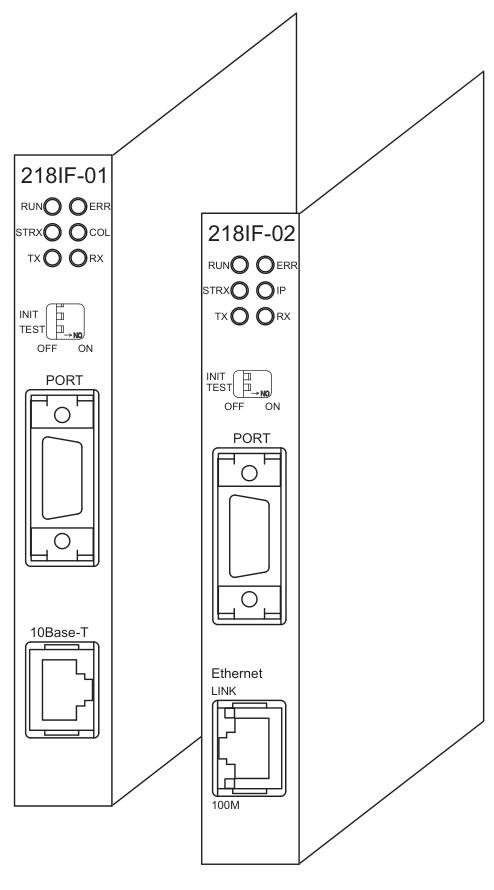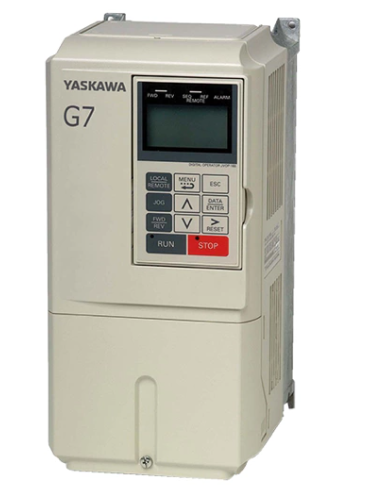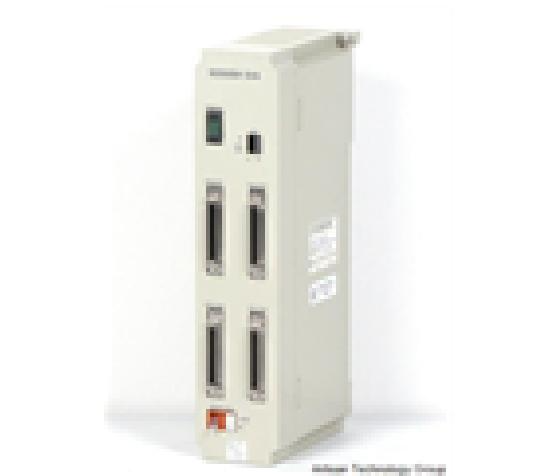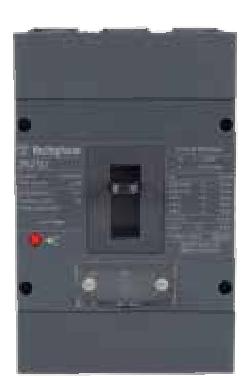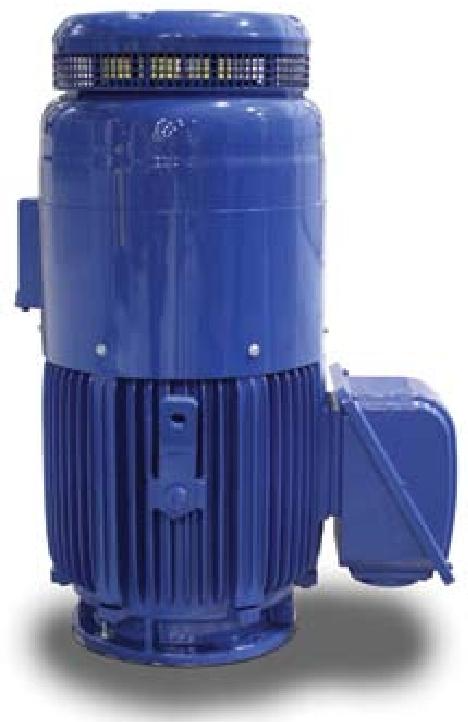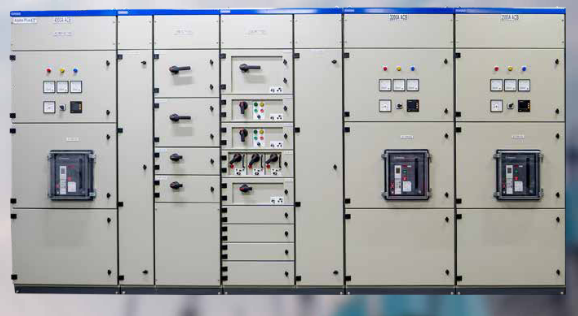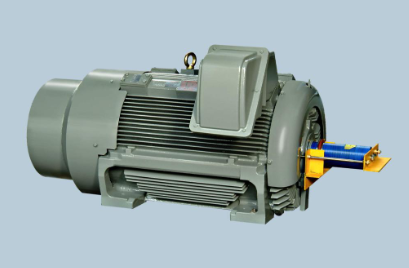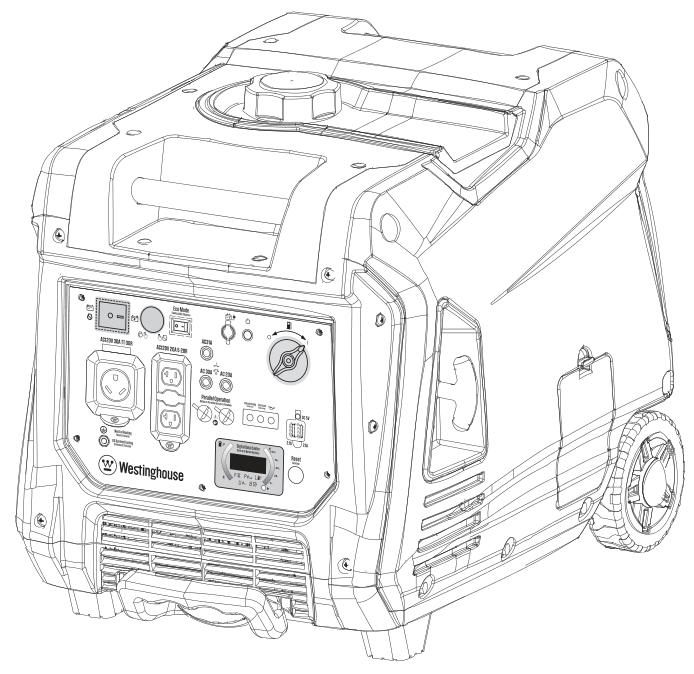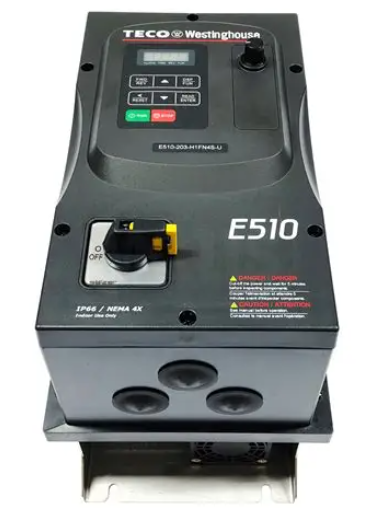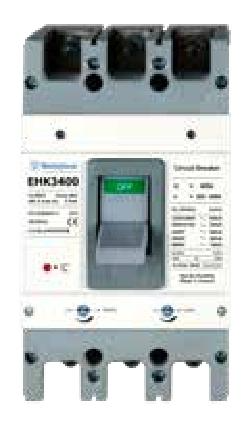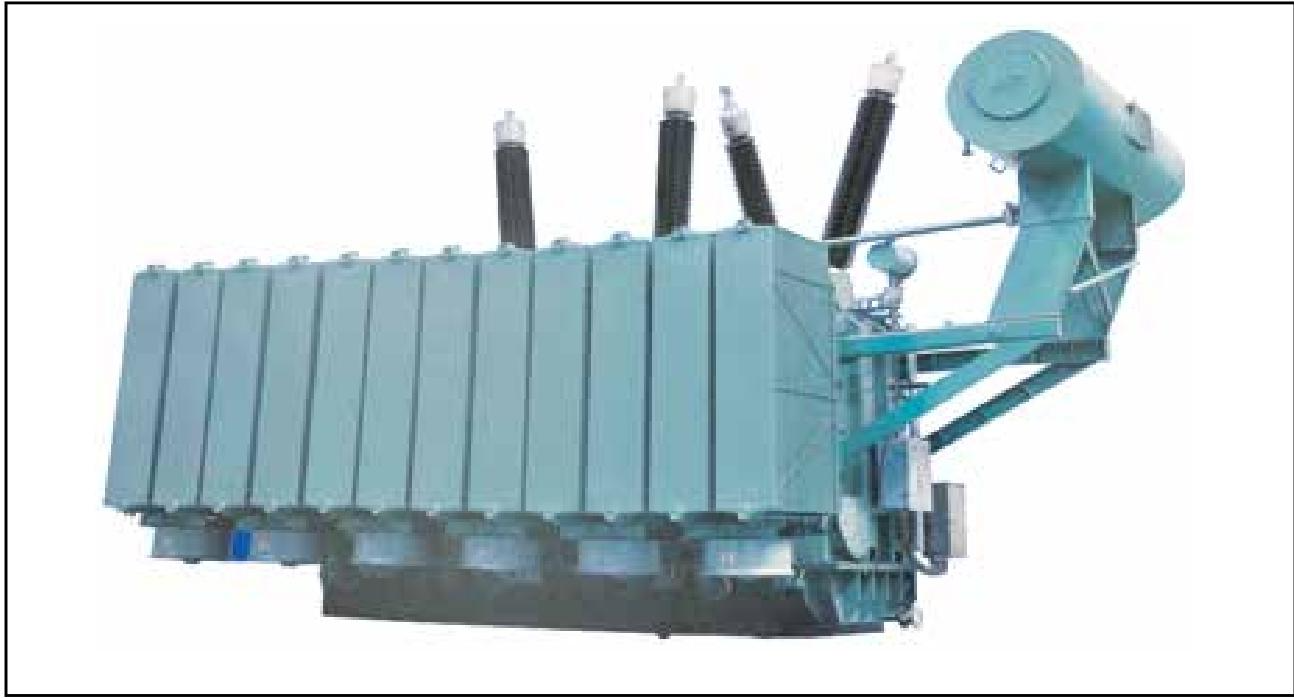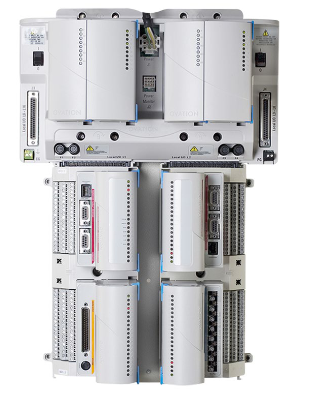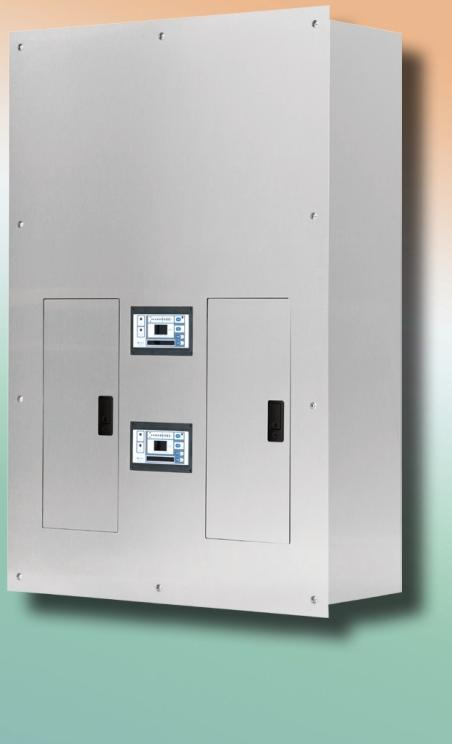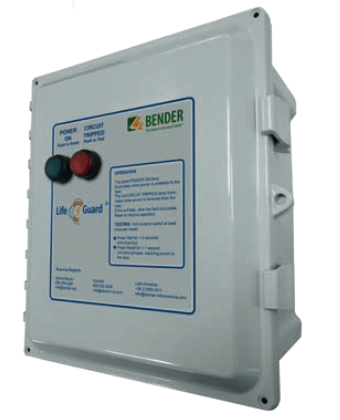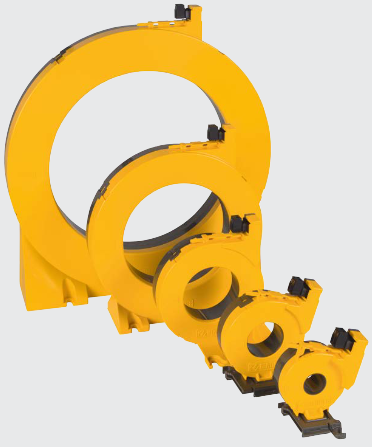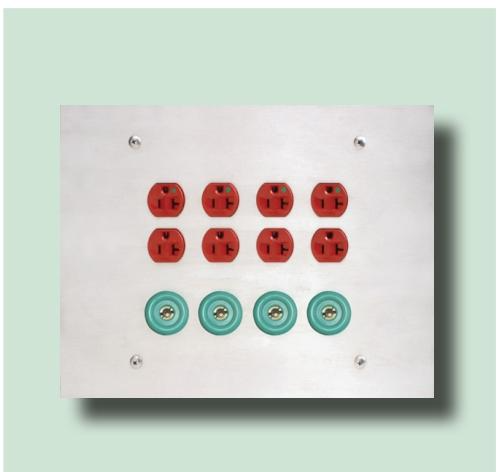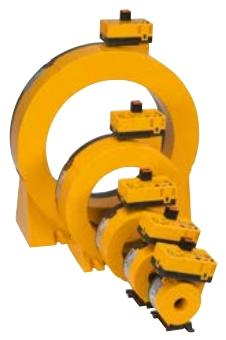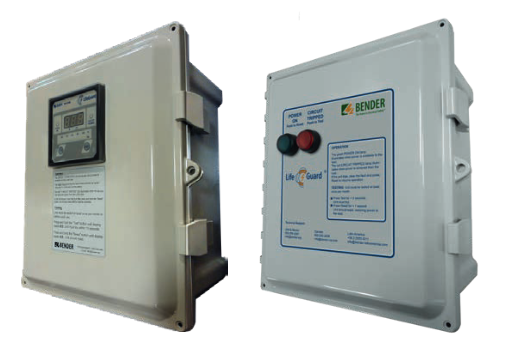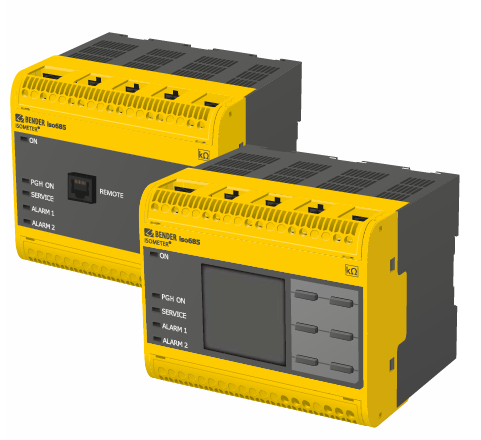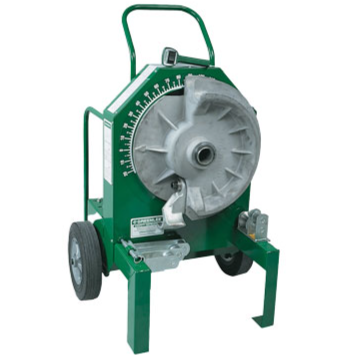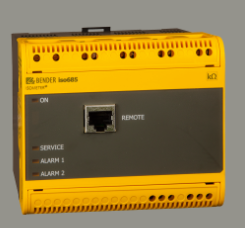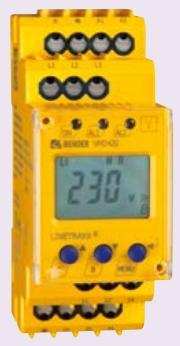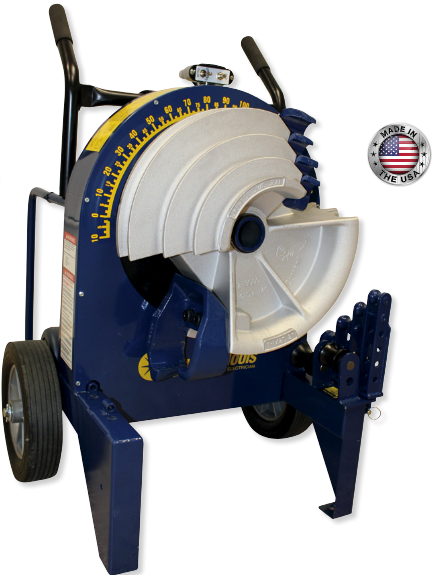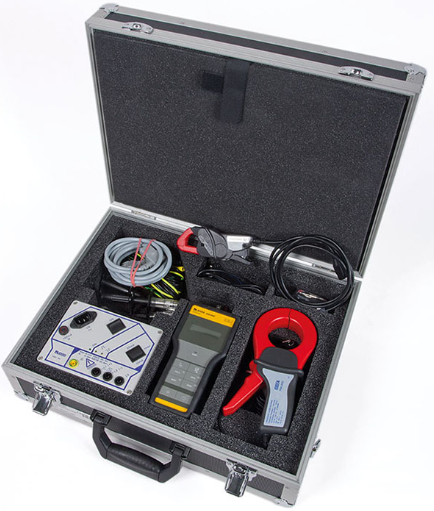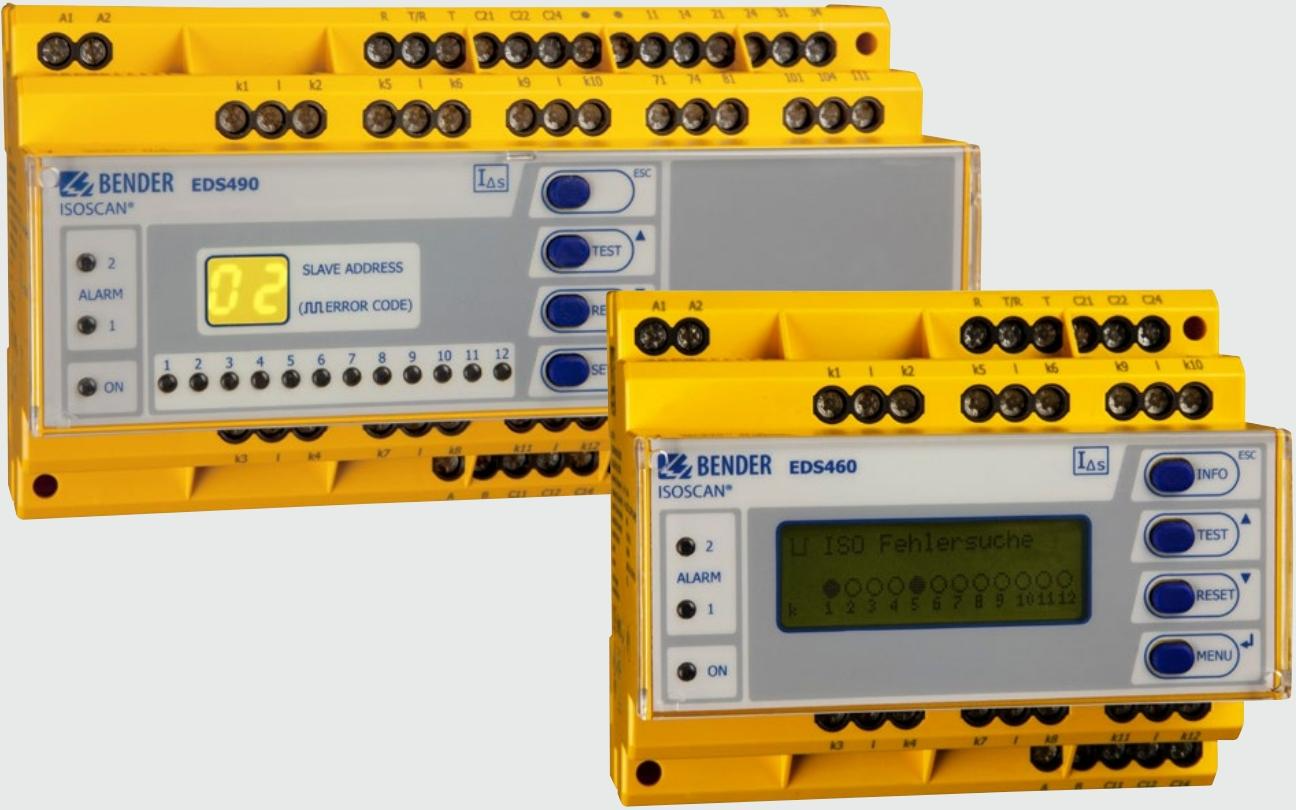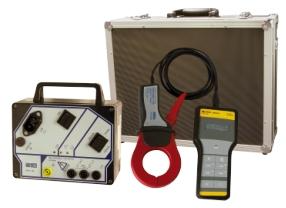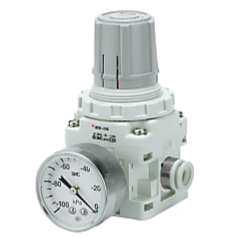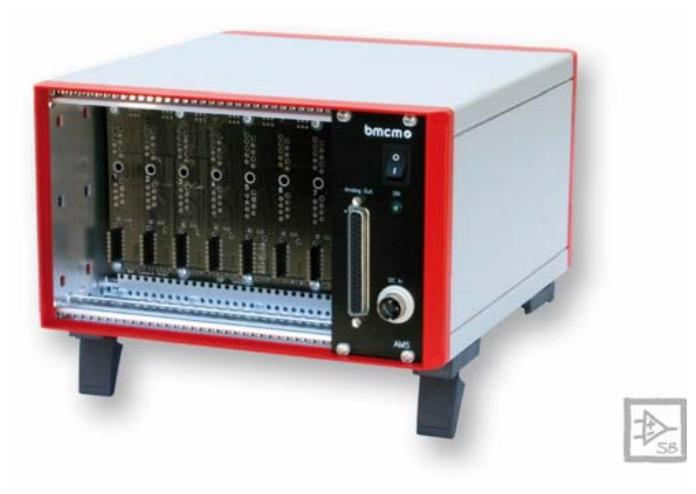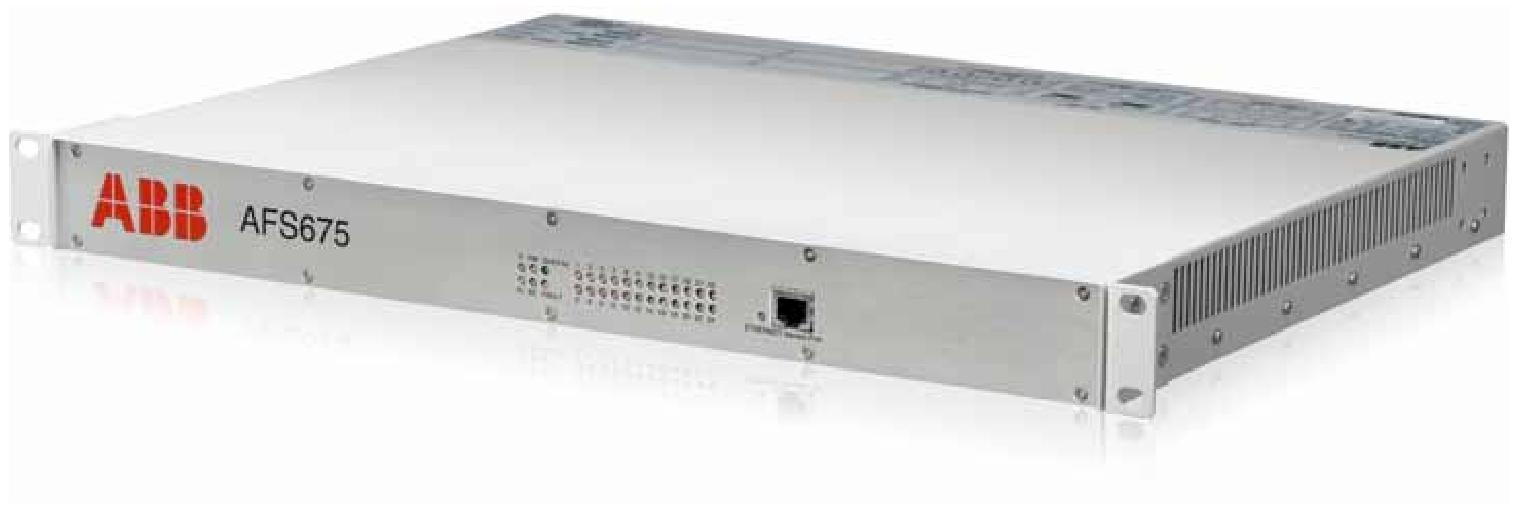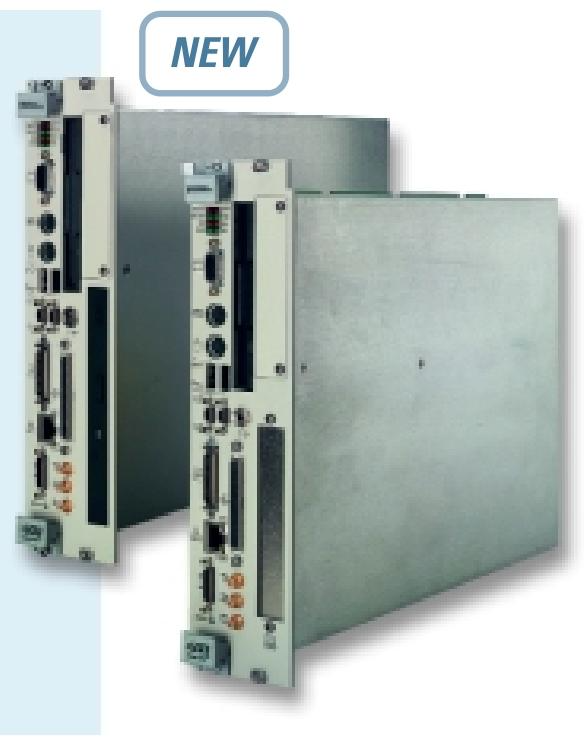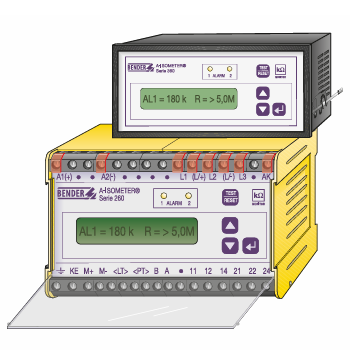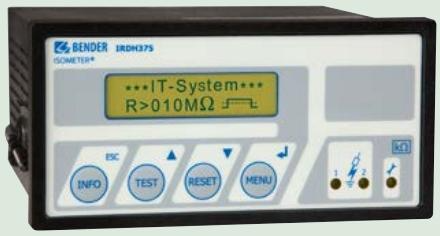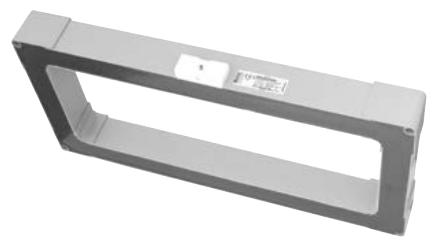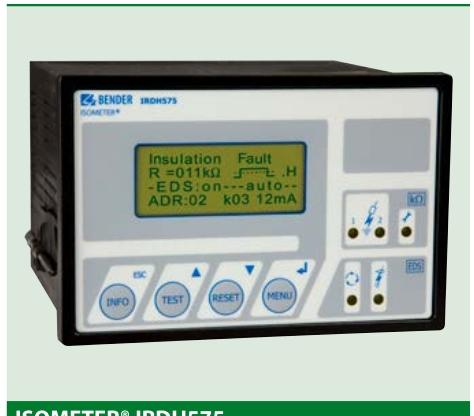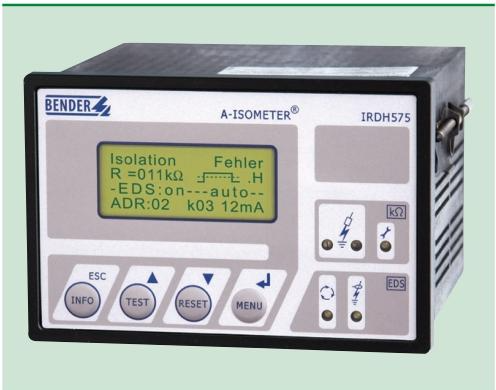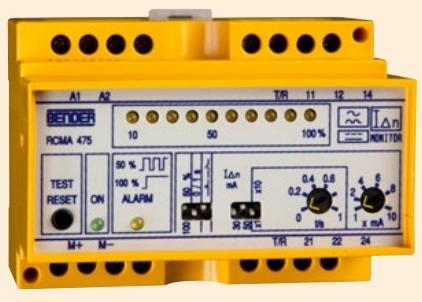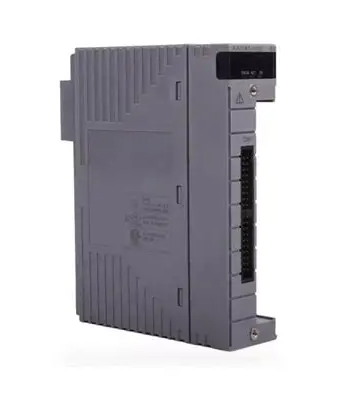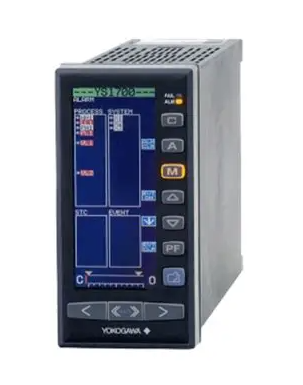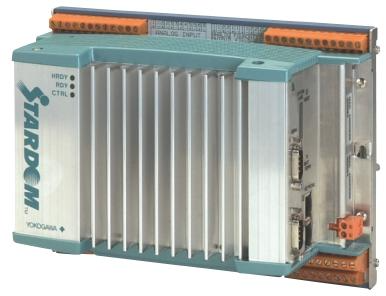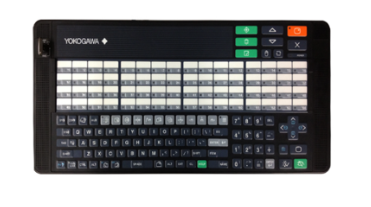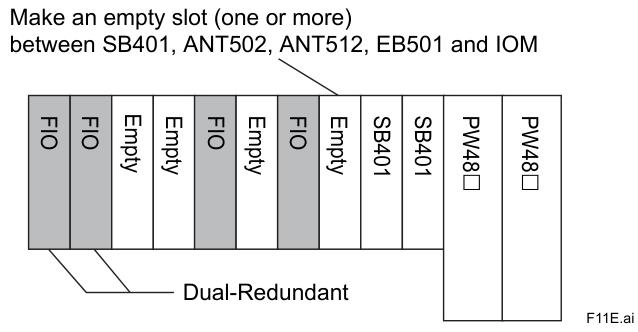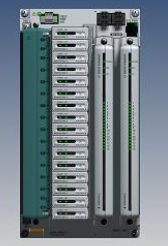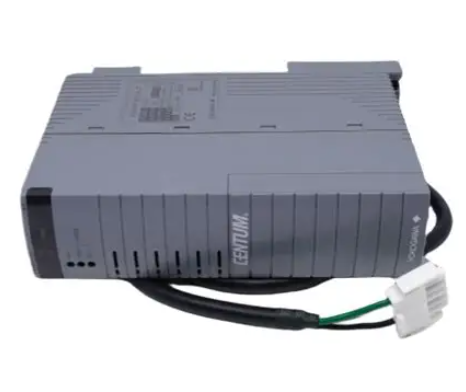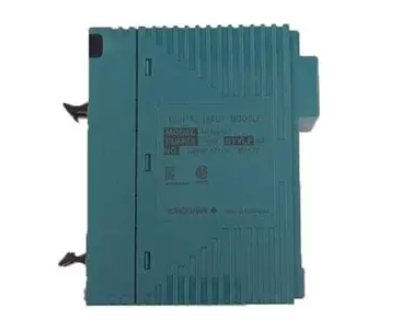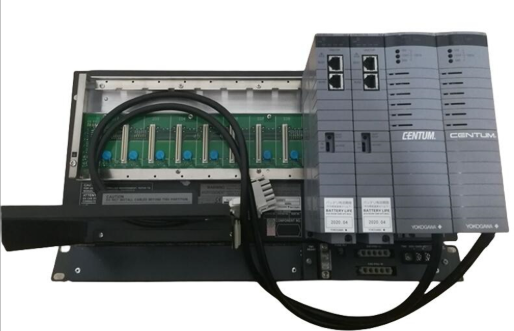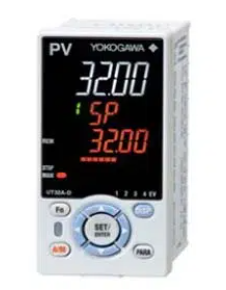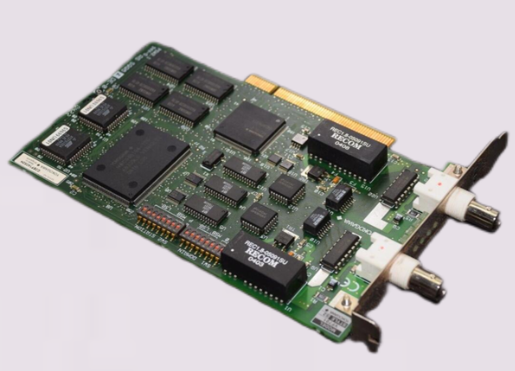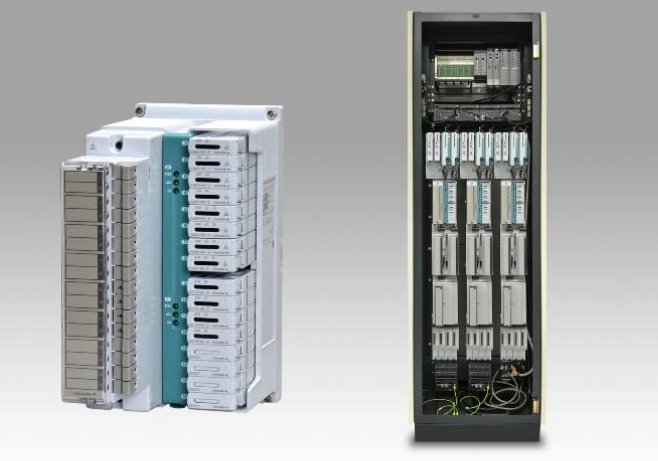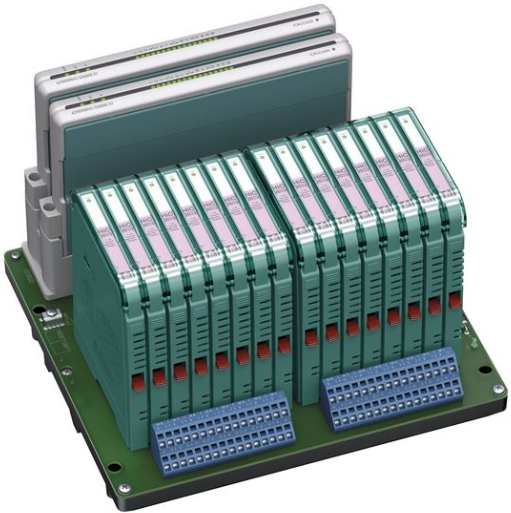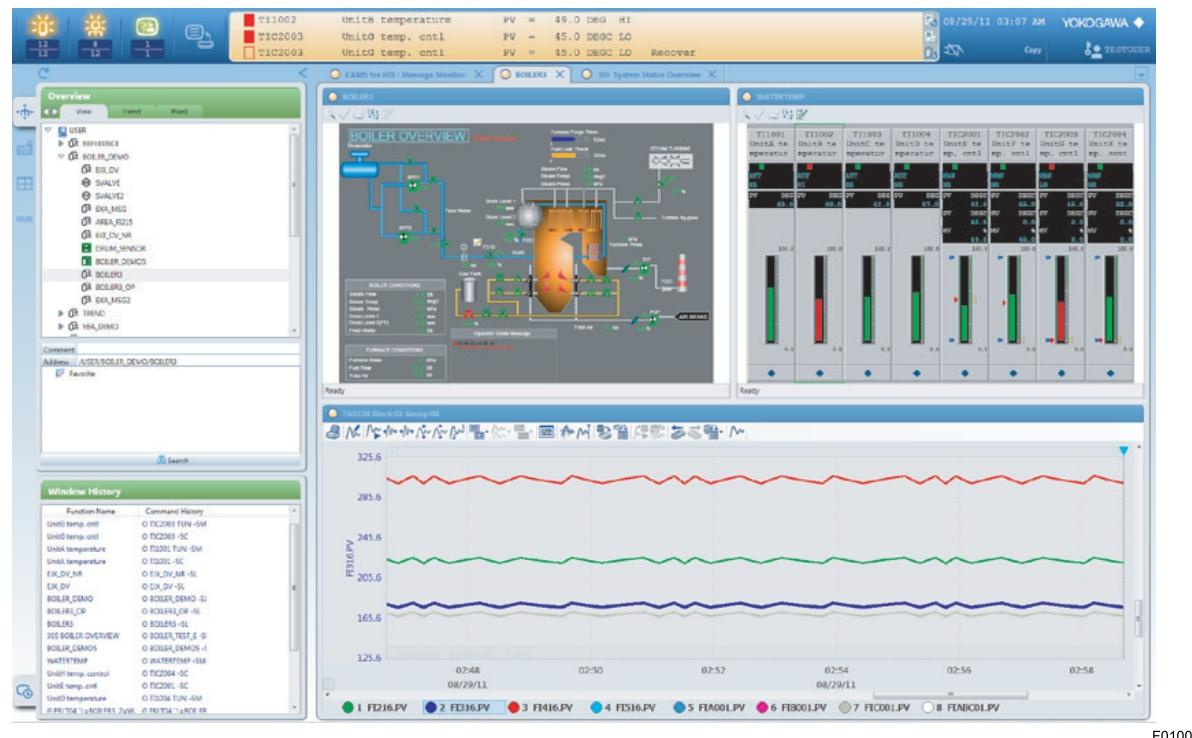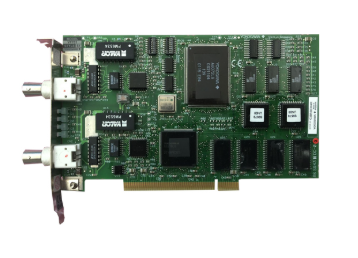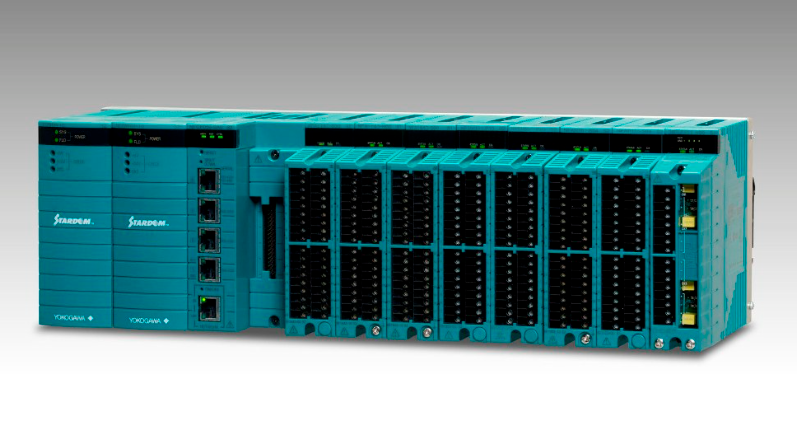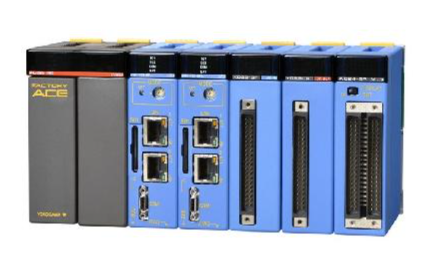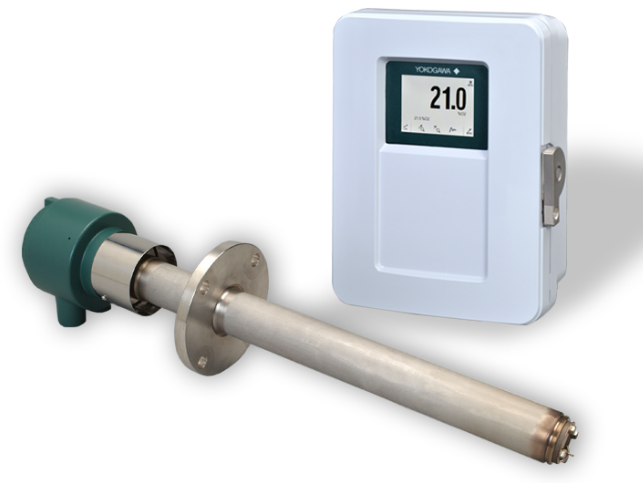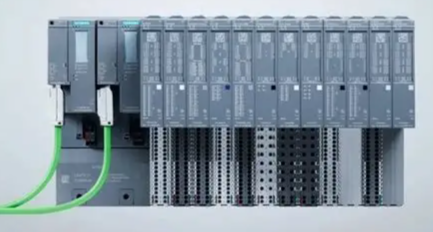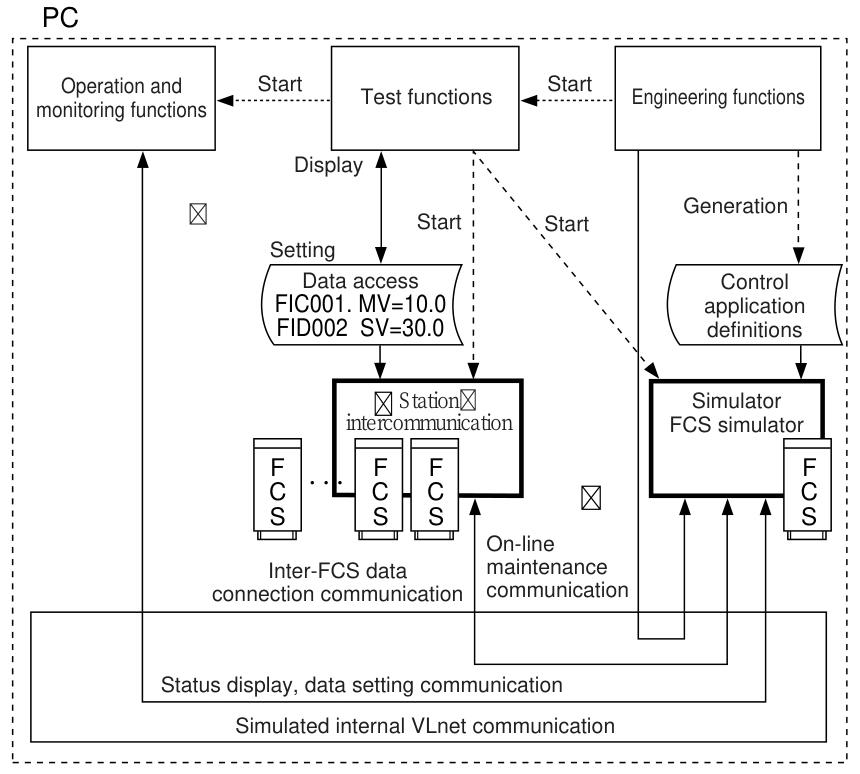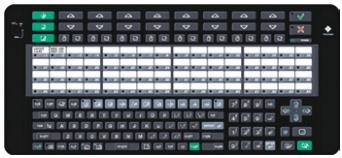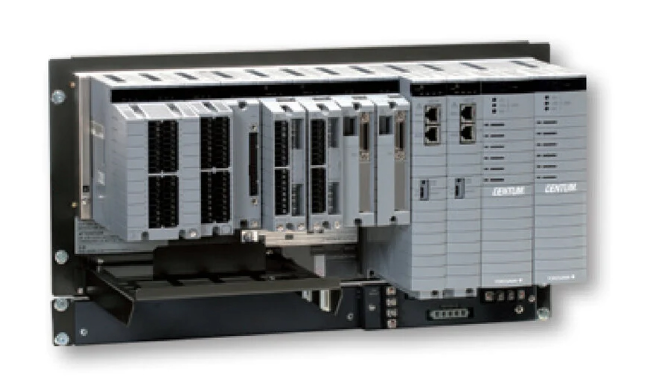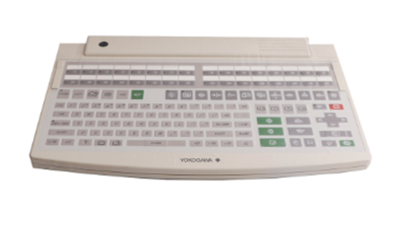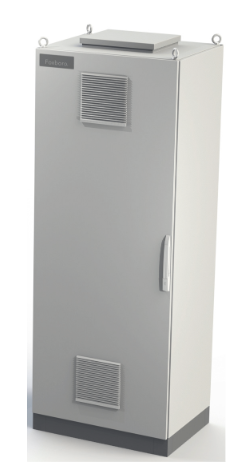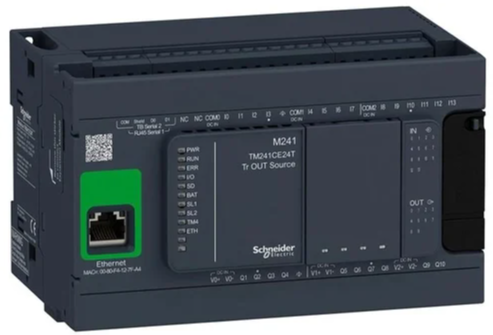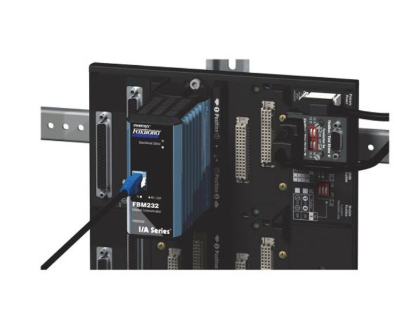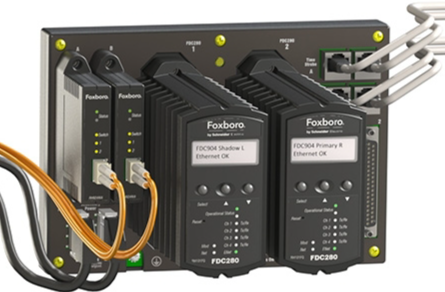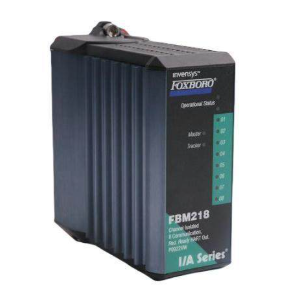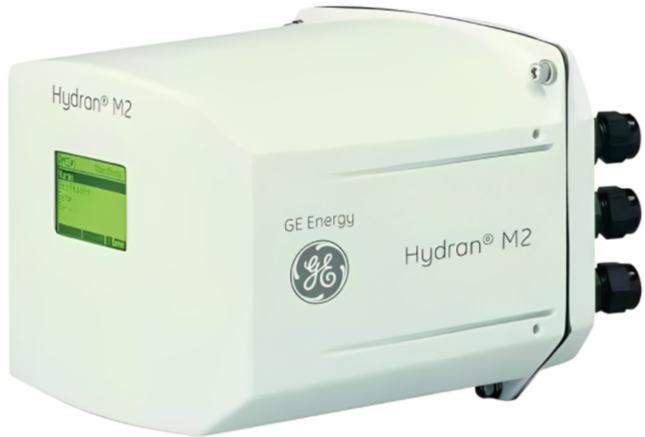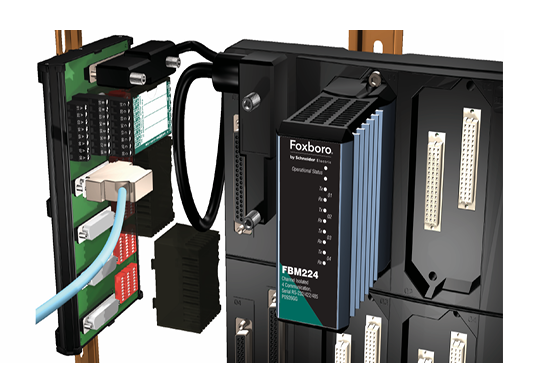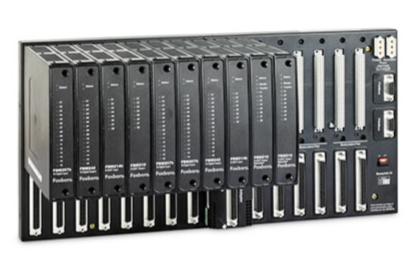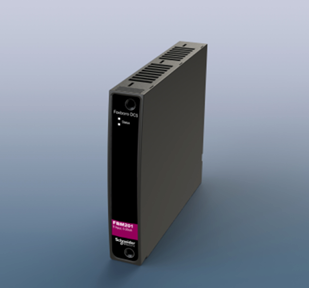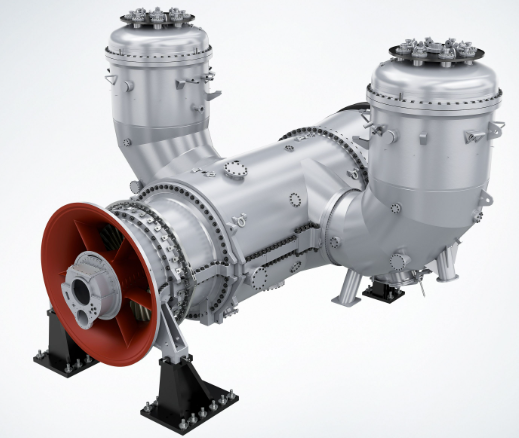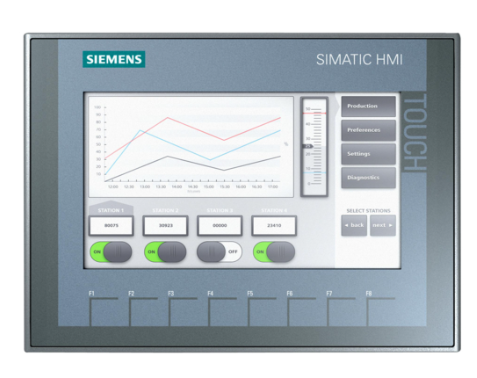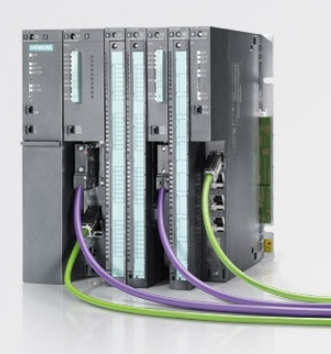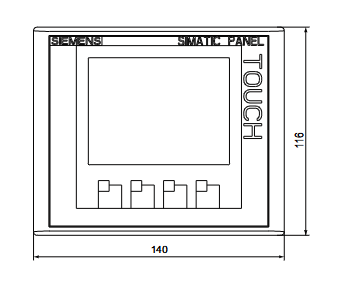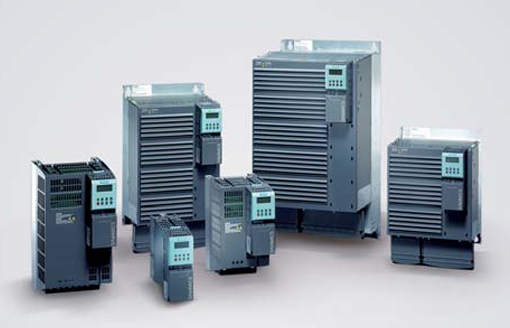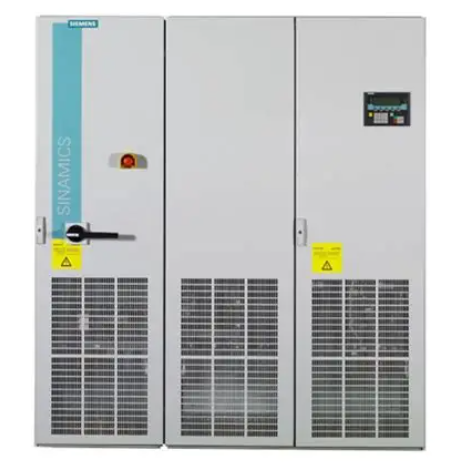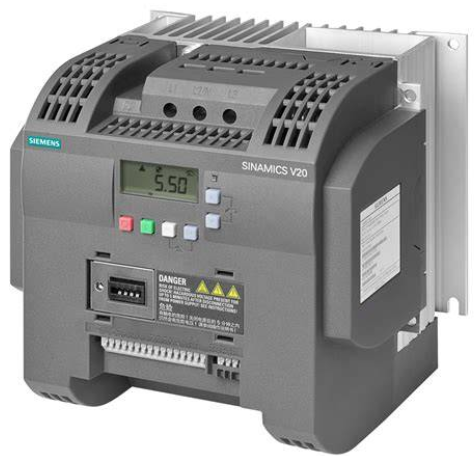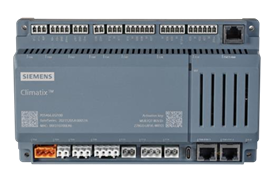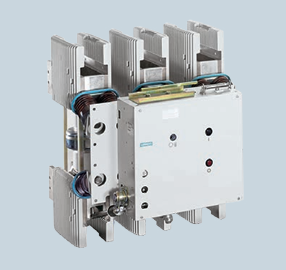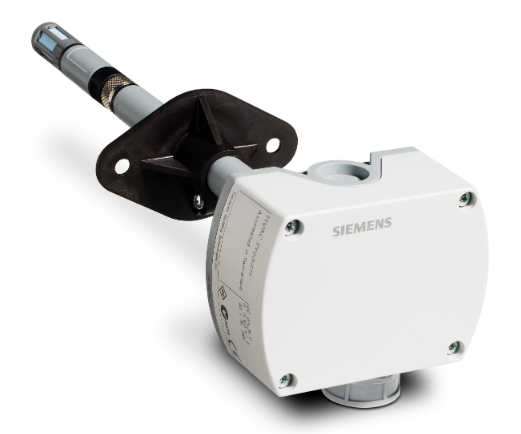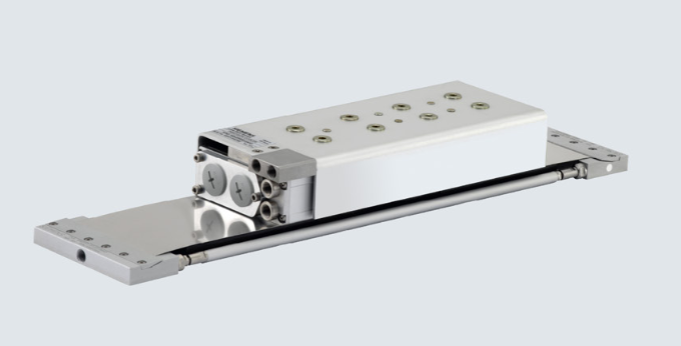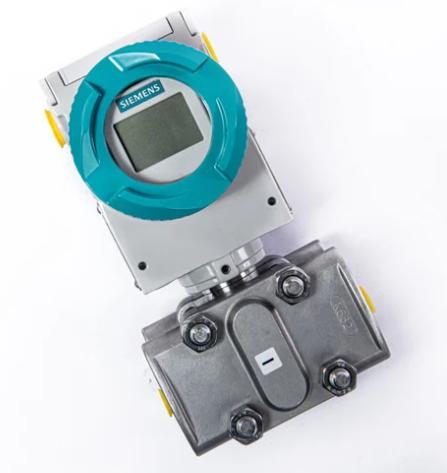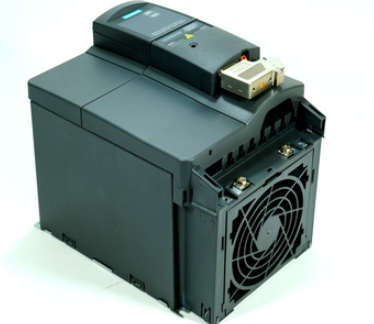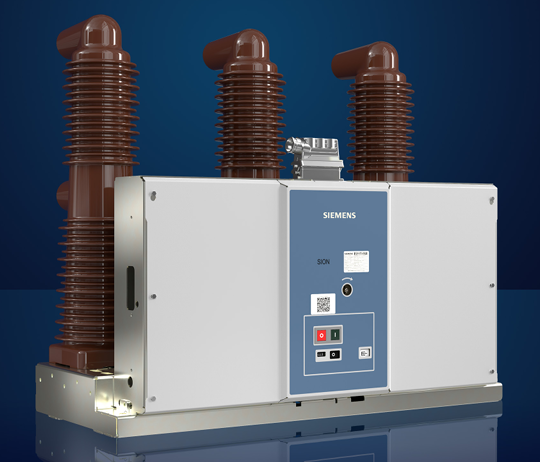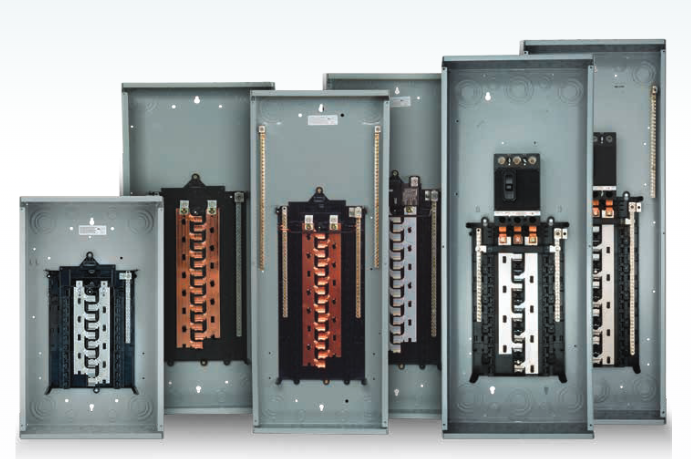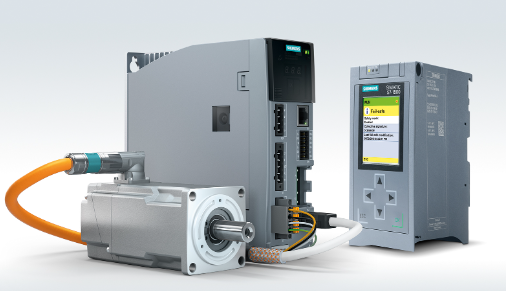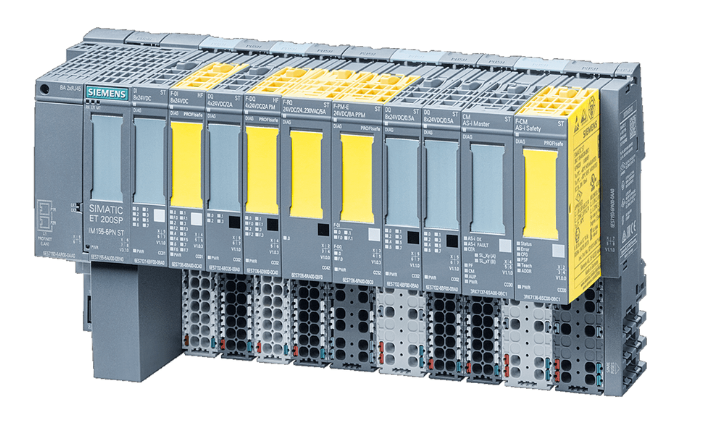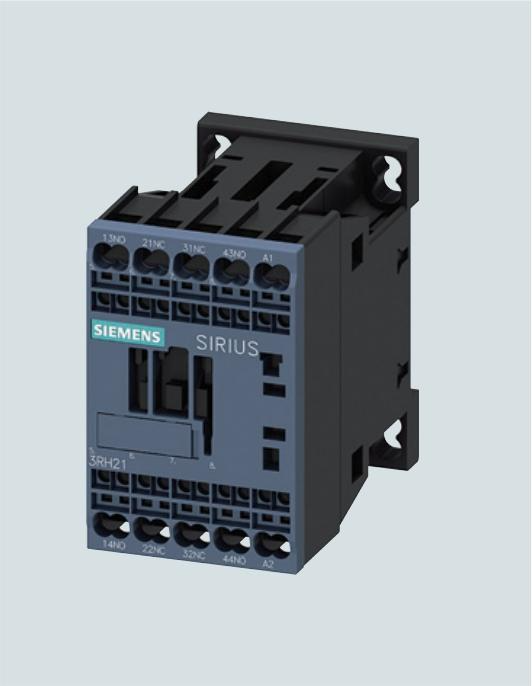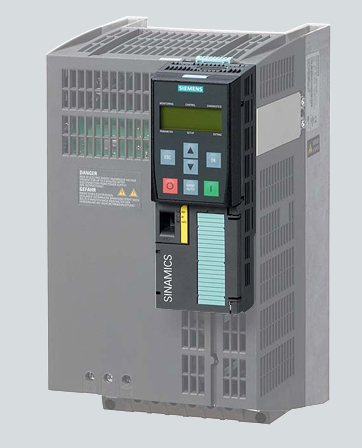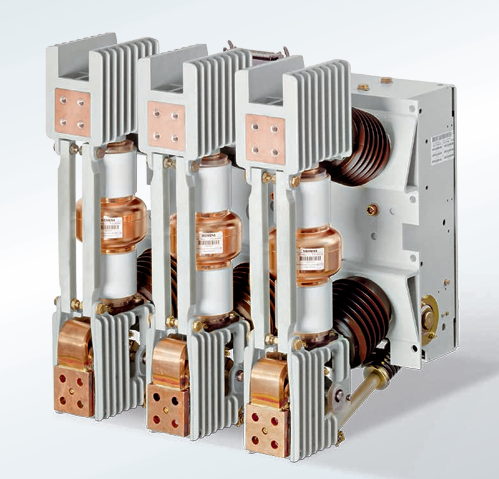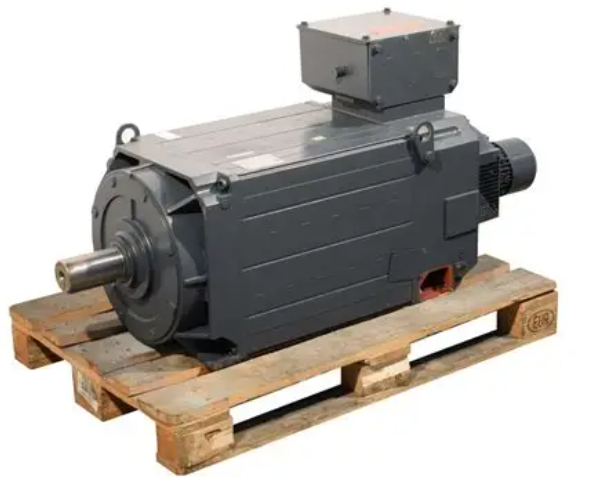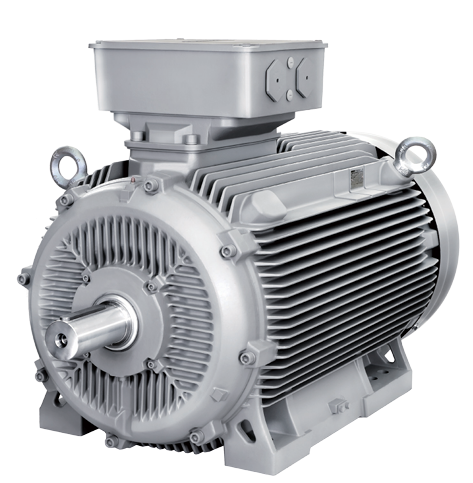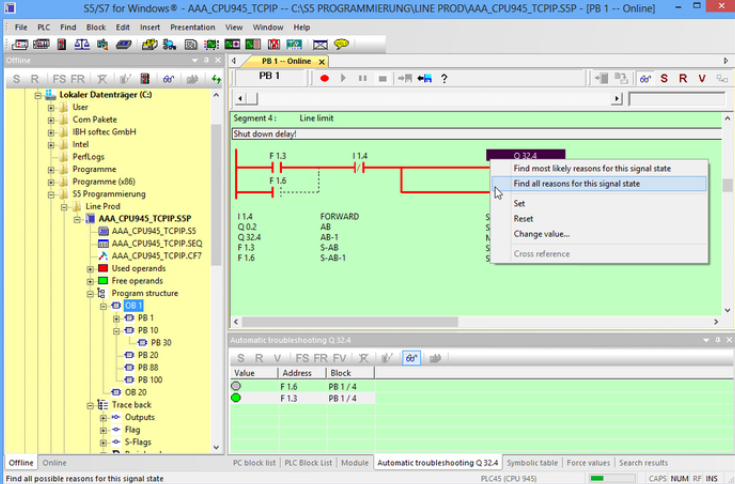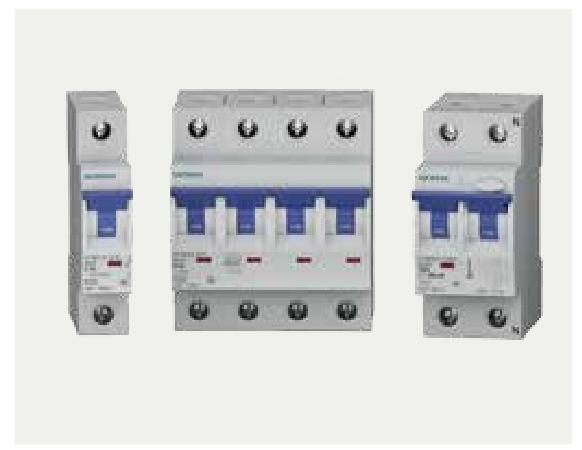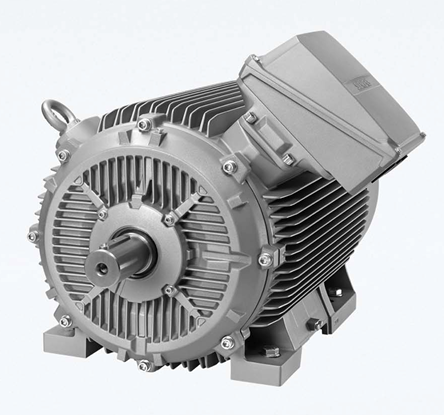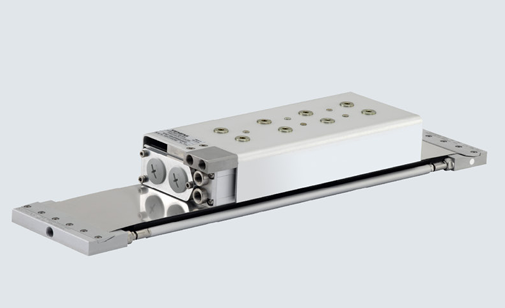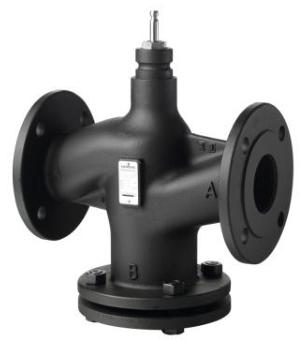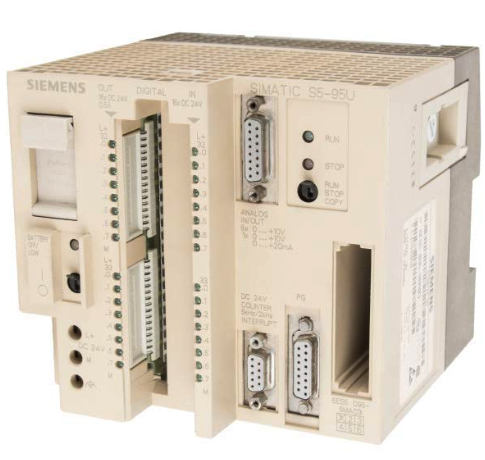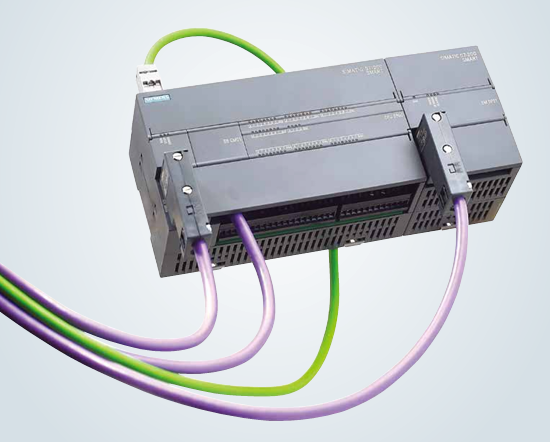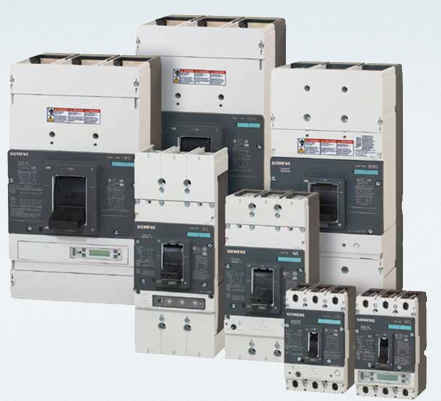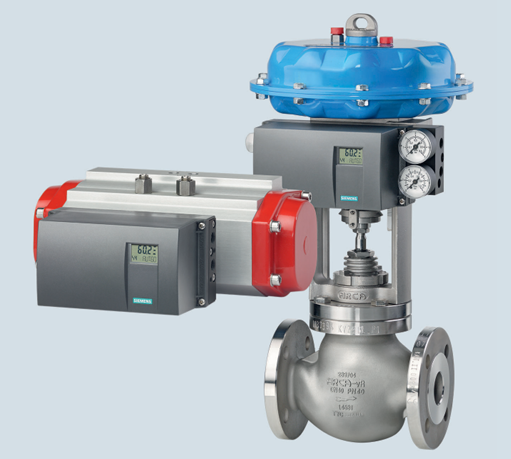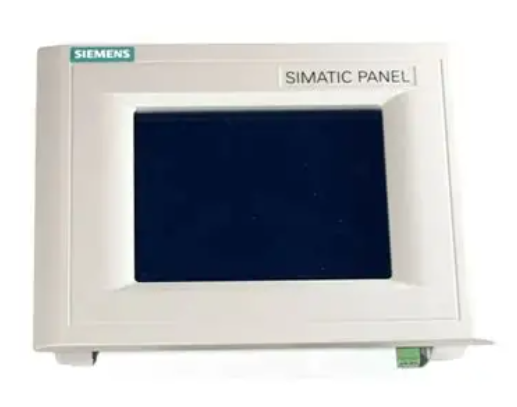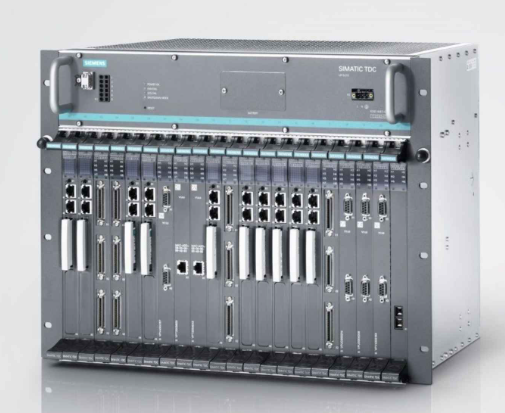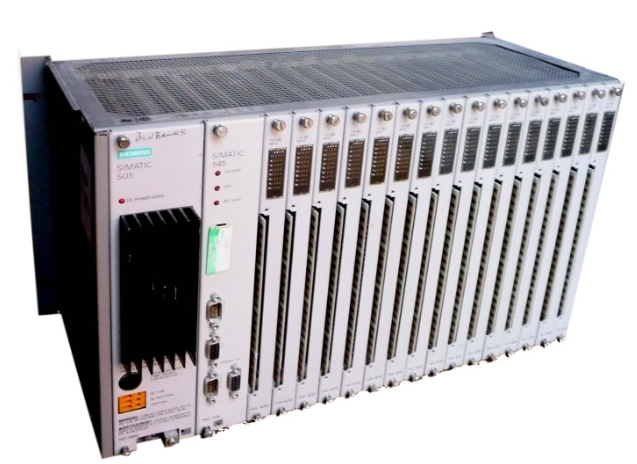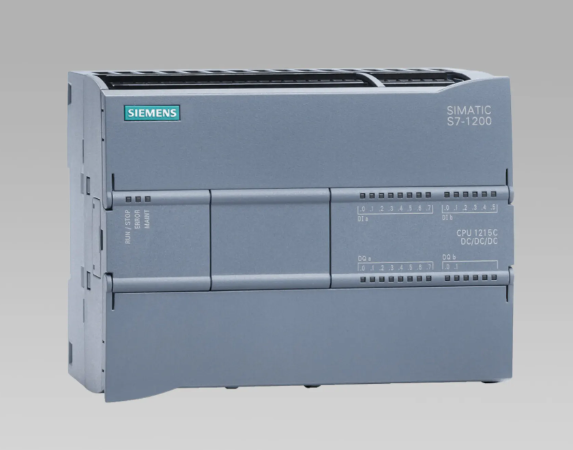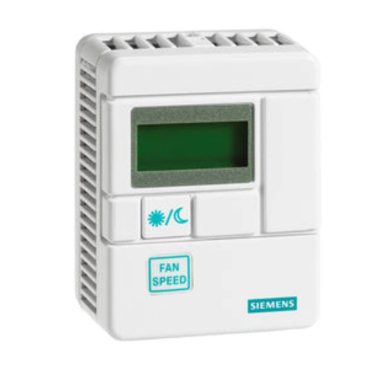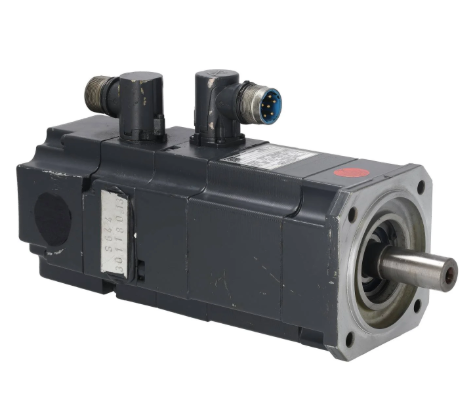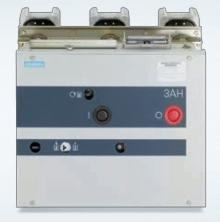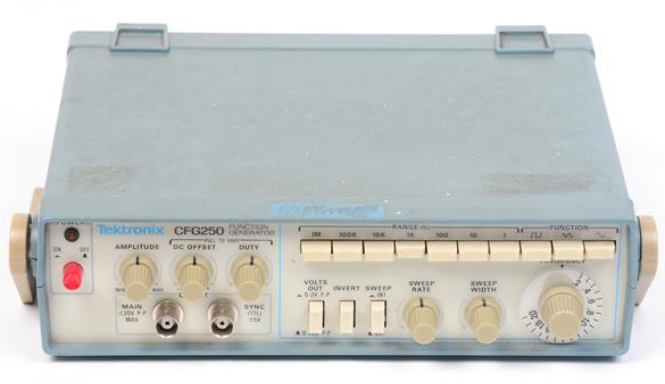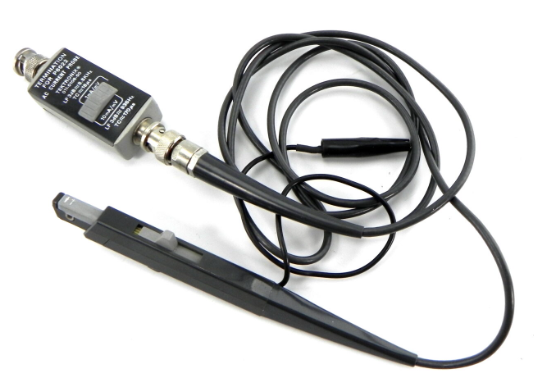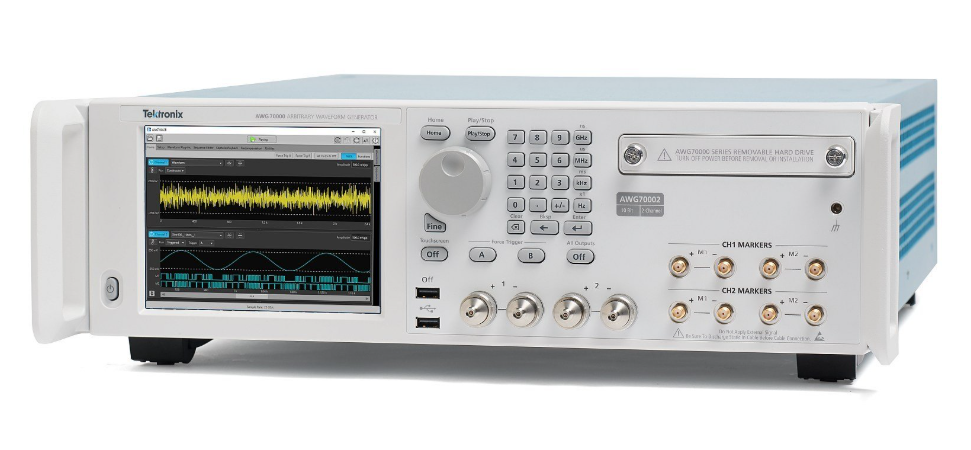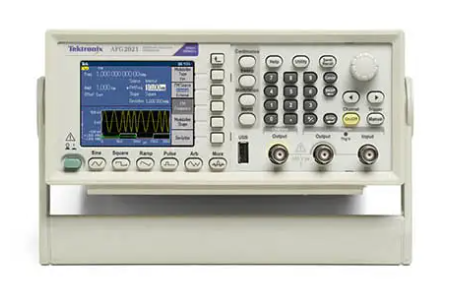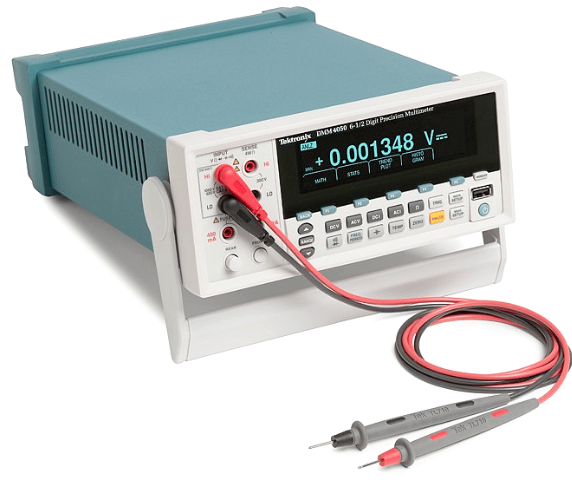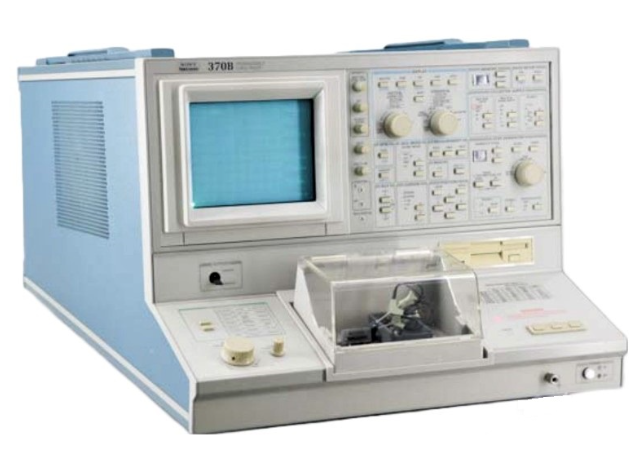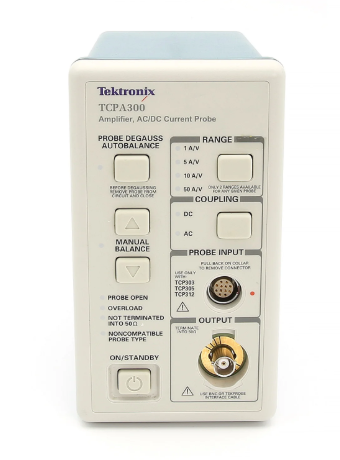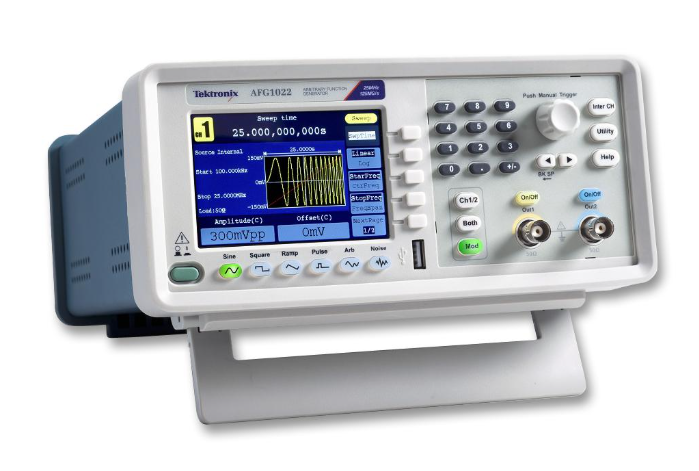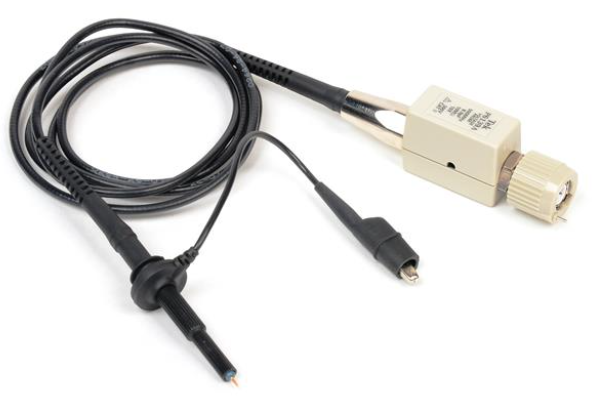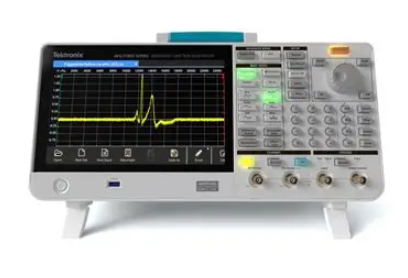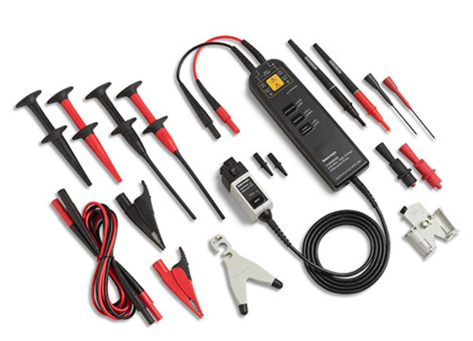

K-WANG
+086-15305925923
Service expert in industrial control field!
Product
Article
NameDescriptionContent
Adequate Inventory, Timely Service
pursuit of excellence


Ship control system
Equipment control system
Power monitoring system
Brand
Description
ABB’s Pressductor® Radial load cells (PRT load cells)
are sensitive and accurate yet rugged, reliable
and compact. They can withstand high overloads
and vibrations, and operate over a wide range of
tensions: ideal for any web converting application
such as coating, laminating, printing, slitting,
winding/unwinding and many others.
ABB PFRL101A 3BSE030912R0401 Web tension systems
ABB’s Pressductor® Radial load cells (PRT load cells)
are sensitive and accurate yet rugged, reliable
and compact. They can withstand high overloads
and vibrations, and operate over a wide range of
tensions: ideal for any web converting application
such as coating, laminating, printing, slitting,
winding/unwinding and many others.
The well-proven Pressductor load cells combined
with the tension electronics, offer an easy-to-use/
user-friendly web tension measurement system
with superior long term performance leading
to higher productivity and product quality and
higher profit for the web producer.
Increased process uptime
In a web process running continuously, every
minute of production time is precious. Even so,
no production line runs without downtime.
With Pressductor Radial load cells the risk of web
breaks can be reduced to a minimum, thus leaving
as much time as possible for real production.
Thanks to a strong and stable signal deriving
from the PRT load cells, the upcoming web breaks
are kept to an absolute minimum level.
Tighter product tolerances
The ability to produce web to tighter tolerances
minimizes the costs associated with non conforming web. It also increases the web
producer’s accessible market to include products
with tighter tolerance requirements.

A Pressductor transducer produces its measurement signal without
requiring any physical movement in the transducer measurement
element. And it generates a strong signal at comparatively low
stress levels. So there is no possibility of fatigue leading to drift
and deteriorating measurement performance.
Pressductor Radial load cells
50 years of experience
And in the textiles industries, machinery
applications include nonwovens production
as well as finishing operations like bleaching,
desizing, dyeing, and printing.
In all web processing areas, PRT load cells are
used on the full range of winding machinery,
from unwinders to slitter-rewinders.
The Pressductor difference
Like ABB’s other load cells based on Pressductor
Technology, PRT load cells rely on electromagnetic
changes in the transducer, not on physical
movement, to sense fluctuations in web tension.
The Pressductor Technology operating principle
provides exceptional improvements in load cell
performance characteristics, including reliability
(notably absence of drift), durability, repeatability,
and wider measurement range.
Machined from a solid block of steel, the load cells
are rugged and stiff, affording high overload
protection as well as an extended measurement
range above the nominal load. And they do not
contribute to machine vibration, even at high
speeds.
Since the transducer action – the magnetic flux
– takes place inside a steel core, environmental
factors like dirt or fluids can’t degrade
performance and reliability. These stainless
steel load cells don’t require any physical seals.
Furthermore, low transducer impedance
– less than a couple of ohms – helps eliminate
susceptibility to radio-frequency and
electromagnetic interference.
Minimize maintenance
Share the experience, of virtually maintenance-free
load cells, with thousands of other Pressductor
load cell users. A robust load cell design with no
fragile or ageing components makes this possible.
Thanks to its robust and compact design, the PRT
load cells work consistently for many years
without any need for maintenance.
Fast access to support and service
ABB provides customers with superior distinctive
after sales service that really differentiates from
the competition. You obtain advanced solutions
to problems, service and professional consultation
through our After Sales Service program. Expert
engineers with extensive experience of all types
of Force Measurement products are available
to assist you through our world-wide network.
There is a shaft-mounted PRT tension
measurement load cell suitable for most web
processing machinery used in the converting,
printing, plastic film, textiles, and other
industries.
In the converting industry, the PRT load cells
are ideal on machinery for coating, laminating,
embossing, and many other processes.
PRT load cells are used on a wide range of printing
presses – in both converting and commercial
printing as well as newspaper and magazine
production.
In the plastics industry, PRT load cells are used
to optimize the production and processing
of blown and cast film.
Pressductor Radial load cells
Simple to size and easy to apply
Designers appreciate:
• Remarkably high spring constant
• Very narrow profile
• High reliability
Operators value a load cell with:
• No drift
• No need for recalibration
• No failures
• High reliability
Selecting and sizing load cells
Calculating the forces exerted on load cells in
a specific application allows you to determine the
ideal load cell size specification. Force calculations
and load cell sizing are typically conducted
in collaboration with ABB; this page provides an
overview of the considerations that play a role
in this stage of the specification process.
The orientation of PRT load cells on the end of
the roll shaft can be adjusted to perform measure ments in the most advantageous direction for each
application.
In sizing PRT load cells, both the web tension and
the weight of the roll and bearings (tare weight)
should be considered. If the load cell is oriented
vertically or diagonally with respect to the force
of gravity, the tare force will contribute to the total
force level sensed by the PRT load cell system.
If the load cell is oriented horizontally, the tare
force will be perpendicular to the measurement
axis, and so will not be sensed.
Calculating the forces
The PRT load cell measures bi-directionally
along its measurement axis (see illustration).
Once the load cell is oriented and the measurement
axis determined, the force components exerted
on the load cells of a roll are easily calculated as
functions of the web tension, tare force, and
deflection angles. Since most systems involve
two load cells, the calculated forces are divided
by 2 to obtain the forces exerted on each individual
load cell. The illustrations on this spread show
three scenarios, involving horizontal, vertical
and diagonal measurement axes.
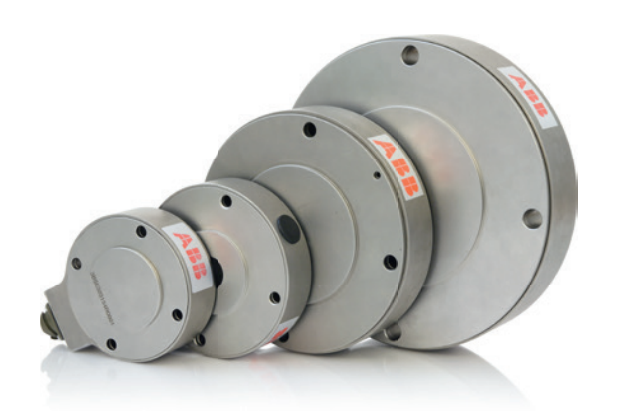
Purchase history
| User name | Member Level | Quantity | Specification | Purchase Date |
|---|
Total 0 Record
Related products
Customer Reviews
Satisfaction :
5 Stars
No evaluation information





